Tag: Sites
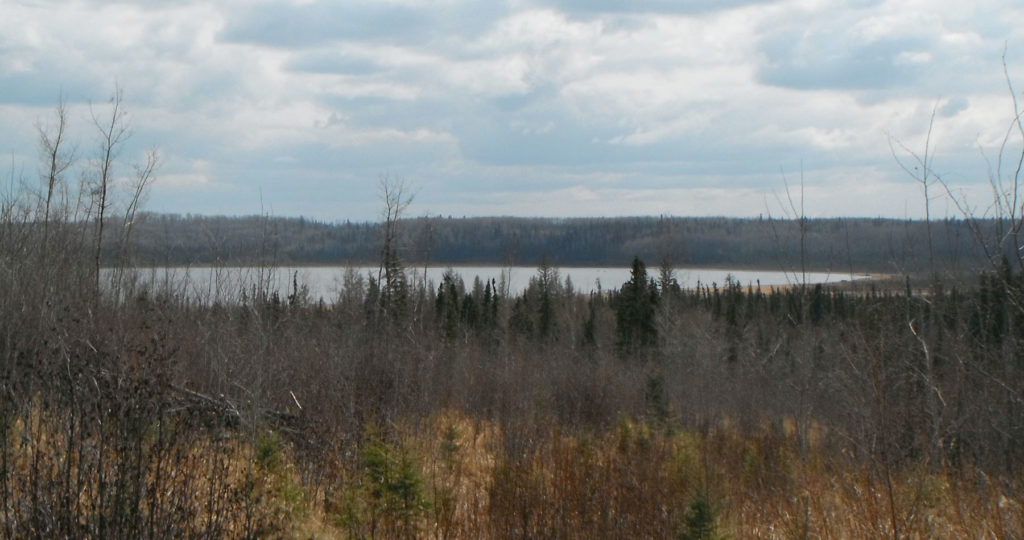
January 16, 2017
Introduction to CRM Part 2: Development Screening and Project Planning
The first step of a historic resources impact assessment (HRIA) happens in the office. Once we have the plan for a development, we need to assess whether the footprint will impact any recorded sites or if it has the potential to impact any unrecorded sites. We use our experience and knowledge of archaeology, GIS data,
Keep Reading

November 9, 2016
St. Louis Catholic Church
We get to do a lot of traveling around Alberta during the summer. Sometimes when time permits, we get to stop at local attractions. During a recent trip to Fort Vermilion we made a stop at St. Louis Catholic Church in what is locally referred to as ‘Buttertown’. This church was built in 1906-1909. Check
Keep Reading

November 2, 2016
Slave Lake Plane Crash
In the summer of 2013, Vince and I were walking through a harvested cutblock south of Slave Lake and we noticed something big and white on a high hill along the tree line. At first we thought it was some sort of tarp but as we got closer we realized it was the broken tail
Keep Reading

October 19, 2016
Can you find the flakes?
It’s not all sand, toothbrushes, and dust pans for consulting archaeologists. More often than not we find ourselves digging on aluvial fans. In other words, gravel bars created by glaciers, or even old beach shores. That doesn’t mean gravel is sterile. How many flakes can you find in this screen? Scroll down to find out
Keep Reading

June 8, 2016
End Scraper
This week we feature a stone tool found upstream on Fall Creek, about 55 km west of the community of Caroline, AB. We were undertaking an assessment for Sundre Forest Products and testing a flat area overlooking the creek (shown below) when Ryan found the end scraper shown above. A “scraper” is a type of
Keep Reading

June 1, 2016
Biface Preform
This week we feature an artifact found recently while conducting a survey for an Associated Aggregates gravel pit along the Nordegg River. The artifact is an irregular biface that is likely a preform. A preform is often an ovate or triangular shaped rock that has been flaked on both sides using percussion and pressure flaking
Keep Reading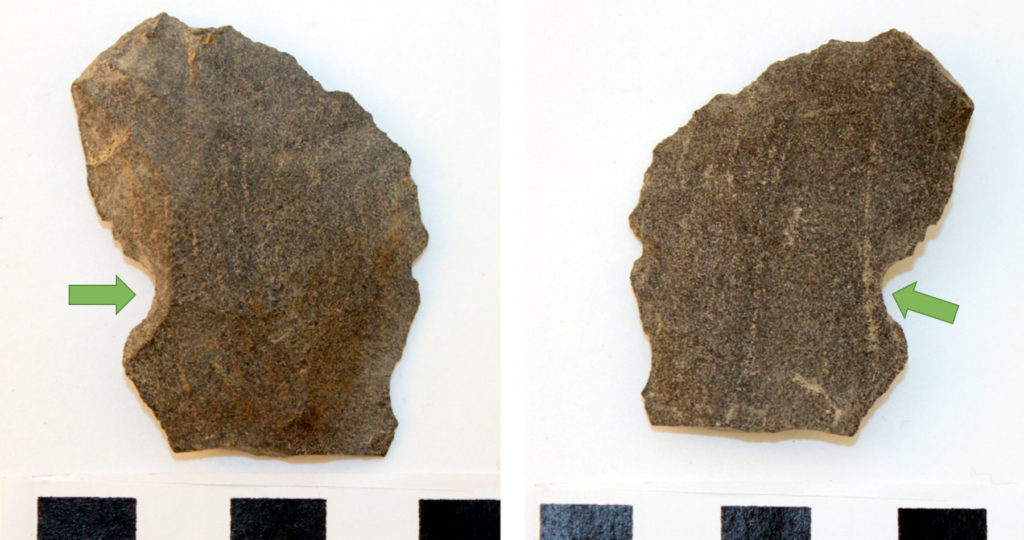

May 25, 2016
Spokeshave
This week we feature an artifact from a large site we found on the Pineneedle Creek valley margin, west of Caroline (a community between Rocky Mountain House and Sundre) and off of the Forestry Trunk Road. The site was found when we were undertaking an assessment for Sundre Forest Products. More than 100 stone artifacts
Keep Reading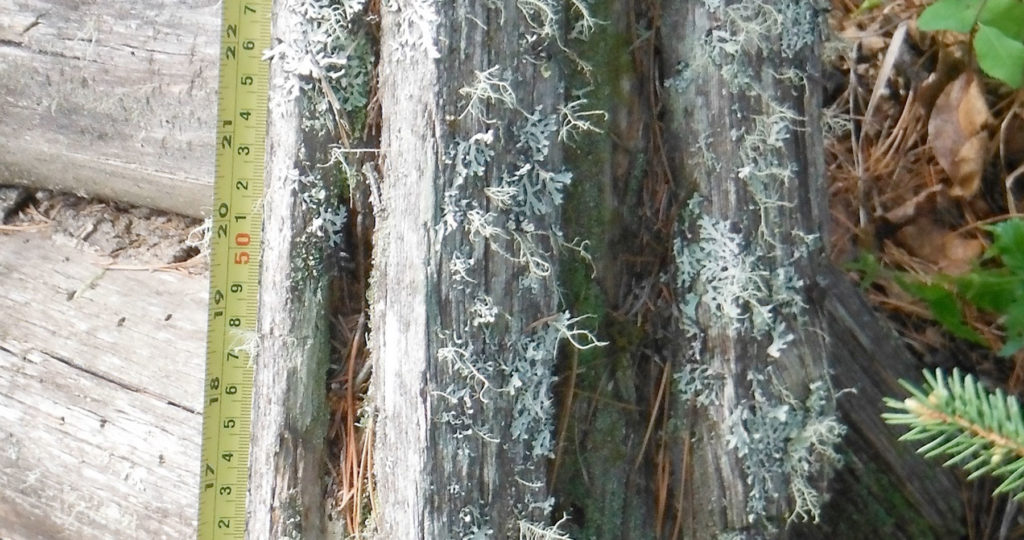

May 18, 2016
Big John’s Spring
A couple of the traits that serve archaeologists best are curiousity and an ability to recognize when something doesn’t belong. For example, look at this site Brittany found in 2014 on the North Saskatchewan River when we were undertaking assessments for Sundre Forest Products. It may not look like much at first glance, but it’s
Keep Reading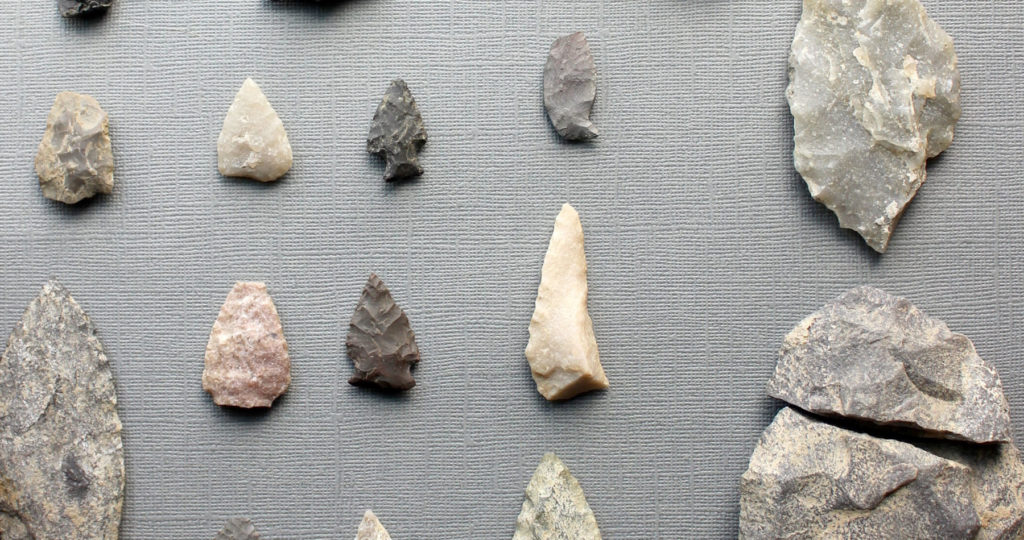

May 17, 2016
The Brazeau Reservoir Archaeological Survey Project
The Brazeau Reservoir Archaeological Survey is a project hosted by the Strathcona Archaeological Society, and is sponsored by Tree Time Services. It currently is centred around a large campsite and workshop on the upper valley margin at the confluence of the Brazeau and Elk Rivers, located near Drayton Valley and Rocky Mountain House. The main
Keep Reading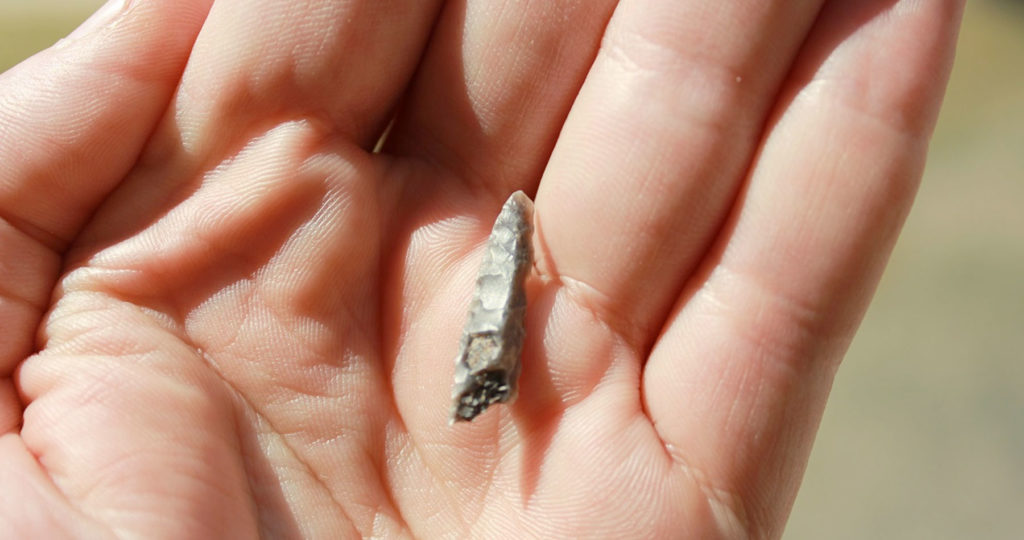

May 11, 2016
Stone Drill
This week, we showcase a stone drill. That’s right, you guessed it, this type of stone tool is used to drill holes in things. Like knives and projectile points, drills are worked on both sides to create sharp edges and a narrow tip. Unlike other stone tools however, drills are very narrow and thick, and often
Keep Reading